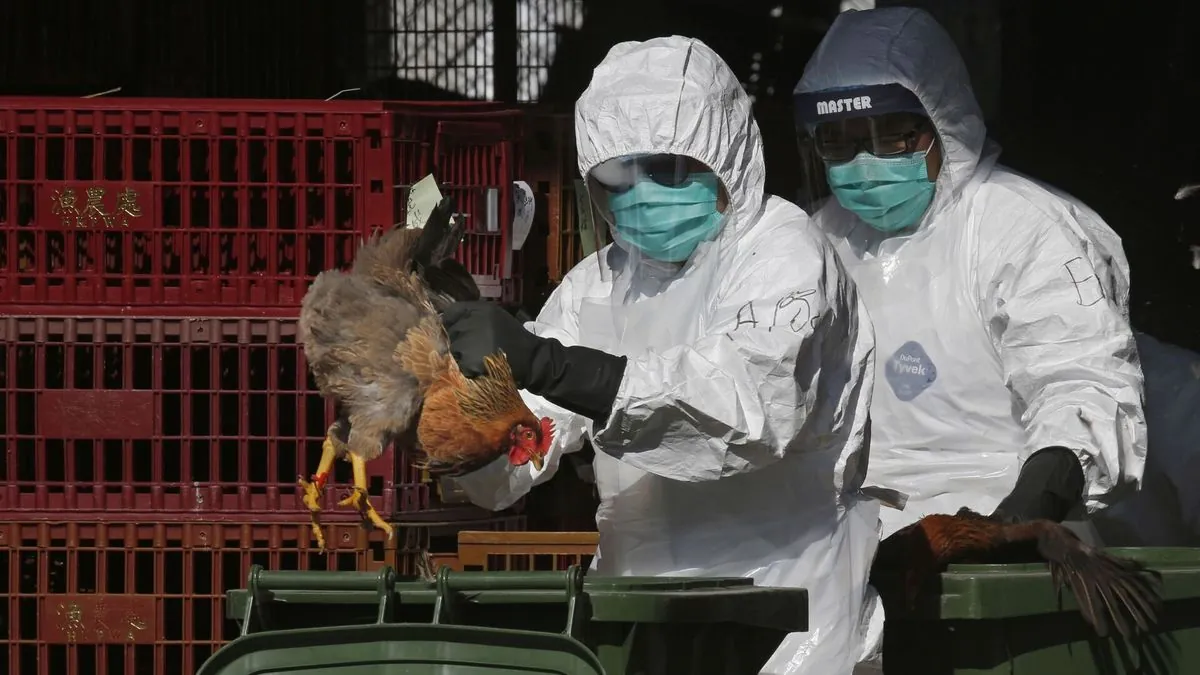Odisha Culls Chickens Amid H5N1 Bird Flu Outbreak Near Bhubaneswar
Odisha state in India has culled over 1,000 chickens due to H5N1 bird flu outbreak. Officials plan to cull 20,000 birds in Puri district, 19 miles from the capital Bhubaneswar.

In a recent development, the eastern Indian state of Odisha has taken swift action to contain an outbreak of the highly pathogenic H5N1 strain of avian influenza, commonly known as bird flu. The state authorities have already culled over 1,000 chickens and plan to extend the cull to approximately 20,000 birds in total.
The epicenter of the outbreak has been identified in the Puri district, located about 19 miles from Bhubaneswar, the state capital. This region, known for its rich cultural heritage and the famous Jagannath Temple, is now grappling with a serious health concern. The outbreak follows the recent death of 1,800 birds at a local poultry farm, raising alarms among health officials and the poultry industry.
Dr. Jagannath Nanda, Additional Director of Disease Control, confirmed the ongoing efforts to Reuters, stating, > "The work is ongoing. We are going to cull about 20,000 birds."
The H5N1 strain, first detected in 1996 in geese in China, is considered highly pathogenic and poses significant risks. It can transmit to various animals, including pigs, horses, large cats, and dogs, and in rare cases, to humans. The virus has caused substantial poultry deaths globally and has been responsible for over 450 human fatalities since 2003.

The outbreak in Odisha, the 8th largest state in India by area, highlights the ongoing challenges faced by the country's poultry sector. India, being the world's third-largest egg producer and fourth-largest chicken producer, has a significant stake in controlling such outbreaks. The poultry industry contributes substantially to India's agricultural GDP and employs over 4 million people.
This incident is not isolated, as India reported its first H5N1 outbreak in 2006. The virus's ability to survive in bird feces for up to 35 days at low temperatures makes it particularly challenging to eradicate. The World Health Organization (WHO) considers H5N1 a potential pandemic threat, given its high mortality rate of about 60% in humans.
The situation in Odisha serves as a reminder of the delicate balance between human activities and zoonotic diseases. As Bhubaneswar, often called the "Temple City of India," deals with this health crisis, it underscores the need for vigilant monitoring and rapid response systems in public health.
The state and central governments are likely to implement strict measures to prevent the spread of the virus, which could include trade restrictions and enhanced biosecurity protocols. These actions are crucial not only for the poultry industry but also for safeguarding public health in a region known for its 485-kilometer coastline along the Bay of Bengal and its significant contribution to India's agricultural sector.


































